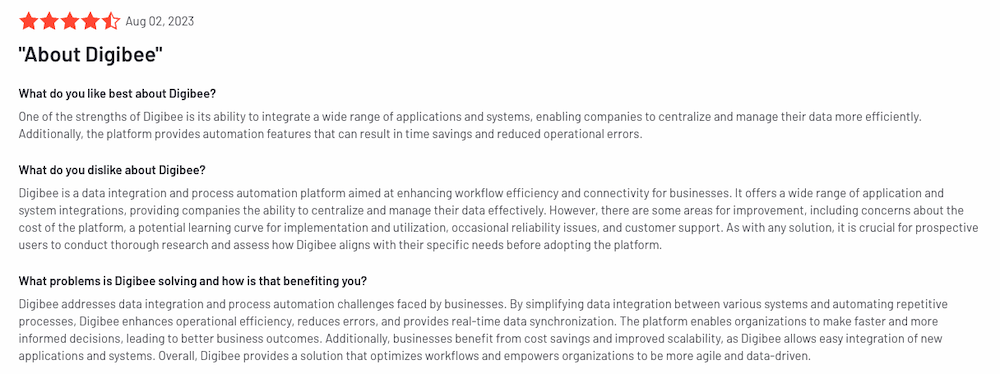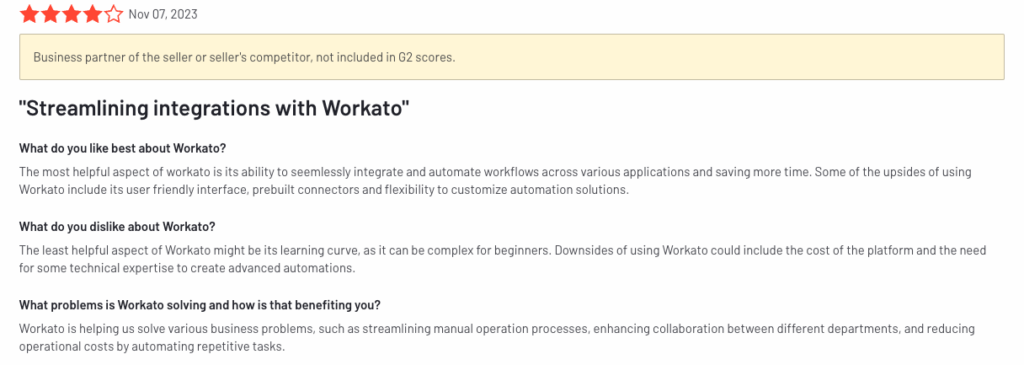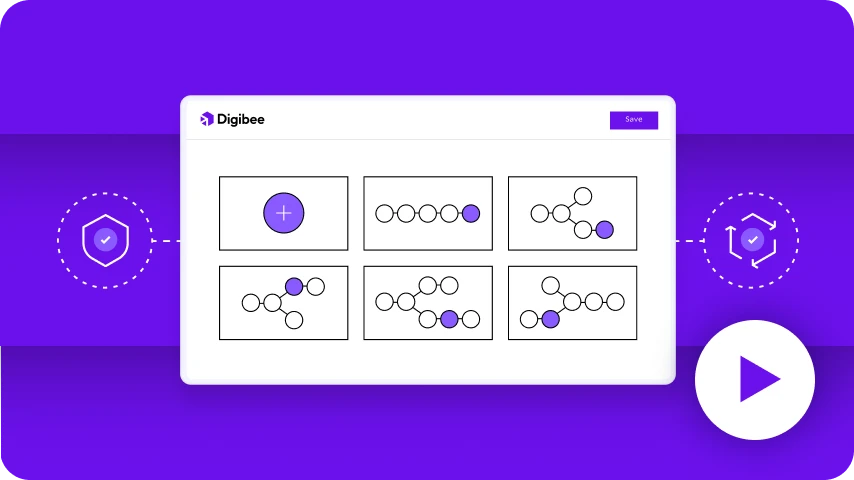
In this episode of “Integration. Redesigned.,” our host, Chief Marketing Officer Cait Porte, talks with Fabricio Inocêncio, Head of Education & AI at Digibee, on the role of AI in integration. The discussion covers Digibee’s innovative approach – leveraging AI in integrations and simplifying development processes. They discuss the impact of AI on the developer community, and the potential future directions of AI in both business and personal tasks. As Digibee aims to simplify tasks for and empower development teams, the episode also highlights how AI has been a natural evolution for Digibee in achieving that goal.
Full transcript
CAIT PORTE
Hello and welcome back to Integration. Redesigned. I’m your host, Cait Porte, and it is wonderful to have Digibee’s Head of Education and AI on the podcast today. Welcome back, Fabricio.
Fabricio Inocêncio
Hi, Cait. Thanks for having me.
CAIT PORTE
Thanks for being here. Today we’re going to talk about AI related to integration, and you’ve been doing a lot of work related to integration. Digibee has launched and will be launching some amazing new features related to AI. To start off, talk about the process that you use, and the team uses, in coming up with innovative ideas around AI.
Fabricio Inocêncio
Okay, perfect. When we think about product innovation, it’s fundamentally to identify and cover pains and unmet needs, and there’s a lot of opportunities there, right? But, when we see some technology emerging, we have some other opportunities for a more technology-driven approach. What we are doing right now is reassessing the existing problems that we already identified from customers and figuring out how we can address new solutions for these problems with deep learning, machine learning techniques, and AI. This can provide an opportunity by reshaping these existing problems with completely new things and how we can come up with different solutions and rethinking the features that we already have planned.
Imagine what could not possibly be done before smartphones. Just because we have smartphones, all the products and innovations that were created just addressing existing pains, but with a different solution because we have a new tech in place. Basically, this is what we are doing right now, is what can we do differently with AI? Addressing an existing pain, existing unmet needs from our customers.
CAIT PORTE
I think it’s really important when you think about the advent of technology to help enable others. One of the things that we often talk about is how AI is transformative here at Digibee, specifically on this podcast and of course in the news. We’ve launched new functionality around documentation for a variety of integration flows, making it easier to communicate what a process is doing and how and why.
Talk a little bit about what AI means at Digibee. When you think about integration and AI, what gets you excited or looking forward to the future?
Fabricio Inocêncio
Great. I think that AI, it’s part of the natural evolution of Digibee. When we see why Digibee and we see all the things that we can solve in reducing the friction from the developers in building integrations, because alternatively they have a lot of hard work on coding and because we have a low-code platform and we make that easier. The next step when we see AI-assisted products, it’s a natural evolution.
AI is definitely part of the future of Digibee when we see that we can add more capabilities and make the life easier of the developers. Some examples that you mentioned and things that we are planning, for example, integrations are messy and complex. How can we provide clarity so the developers can have better decisions related to integration? This is one of the reasons that we provide an AI assistant so the users can retrieve information about how to use the product, but also how they can retrieve information about the integration so they can better understand what’s happening in the integration. We want to avoid that AI can be like a black box. They need to audit, they need to understand what is happening. This is why we use AI in that favor, not to make that complex even more.
Finally, of course, when we see this fusion in making the life easier of the developers, how can we assist them in designing and building integration? With smart recommendations, with optimizations, but even always in the sense that we provide suggestions but the developers that have the final call related to what should be done in a specific integration context.
CAIT PORTE
Of course, there has to be human interaction. You touched upon the developer and the importance of aligning AI with developer, making an AI assistant. We know AI can be, will be transformative. Where do you see AI going in the development community over the next 6 to 18 months?
Fabricio Inocêncio
Interestingly, because we have seen a lot of good stuff being developed in the code generation. The providers are doing a great job on that, but the development community is realizing that, “okay, I can speed up my coding process, but reviewing and debugging is still painful,” mainly when this came from AI. I think that this is a great opportunity for the providers, and I mean copilots, code whisperers, and AI code generation to focus on how, from now on, AI can be less painful in reviewing debugging phase. AI can generate code, but do not provide this drawback for the users to, okay, I need to check what AI did. “Okay, I still need to check, but how can I easily check that?” I think that this is going to be the next thing, right? How can AI-generated code can be easily revealed and debugged by the user?
CAIT PORTE
I think it really speaks to adding AI as a copilot or a partner in that process, as opposed to letting AI drive everything, and I’m, of course, very excited about where we’re going.
When I think about AI, of course, I think about it in the business sense, but I also think about it in the personal sense. One thing I use AI for recently was generating a grocery store list and a meal plan for the week. If you could do one thing with AI, what would it be?
Fabricio Inocêncio
So Cait, definitely I would create a digital twin of myself. So imagine an AI version of myself, equipped with all my skills, knowledge, and even my jokes, so I can delegate some tasks for this digital twin, and even though free up time. So how can I delegate to myself and free up time at the same time? So for me, this is amazing.
Putting the joke aside, actually, this is what AI is doing, right? Climbing the cognitive ladder, but actually step by step, and task by task. We already can delegate tasks, right? But we are still delegating under adult supervision. But sooner, when we have something called AGI, artificial general intelligence, and this arises, probably this product of digital twin of ourselves can be possible, right? But, we are still already seeing things coming in that way. Right?
CAIT PORTE
AI is still in its early days. We, of course, want to make sure that we’re policing what’s going on, right? Being a little careful about how we’re using it, but always fun to dream.
Fabricio, thank you so much for joining today.
Fabricio Inocêncio
Thank you. Thank you, Cait.
CAIT PORTE
Thank you all for joining. This has been another episode of Integration. Redesigned. We’ll talk to you next time.






























